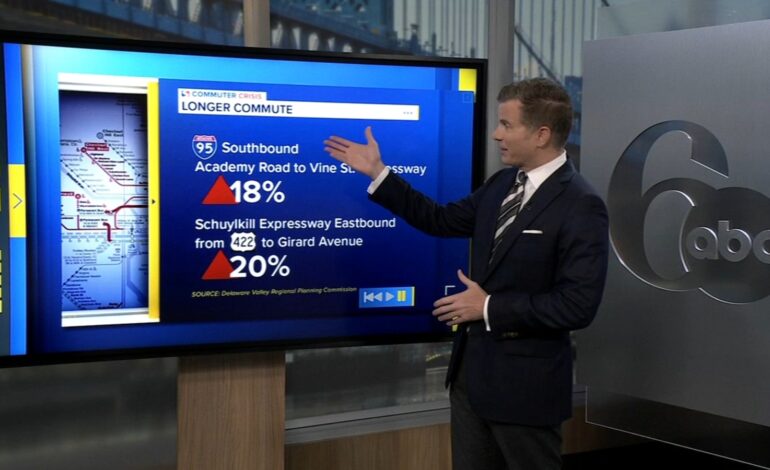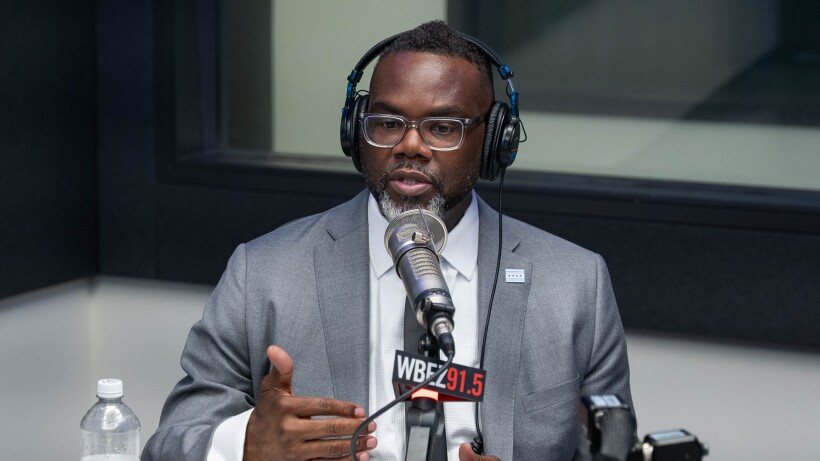Proposed SEPTA Service Cuts Could Overwhelm Local Roadways

In Philadelphia, proposed service cuts by the Southeastern Pennsylvania Transportation Authority (SEPTA) could lead to significant changes in local traffic patterns, potentially adding about 275,000 vehicles to the city’s roadways each day. This influx is comparable to the population of Pittsburgh, raising concerns among transit experts regarding the implications for congestion and road safety.
The proposed cuts, which aim to address budget constraints, have sparked discussions among city officials and transportation advocates. According to traffic data analyzed by Action News, the projected increase in vehicle numbers could exacerbate existing traffic issues, particularly during peak hours.
Impact on Traffic and Commute Times
Traffic anchor Matt Pellman highlighted that if these cuts are implemented, commuters may face longer travel times and increased delays. The local infrastructure may struggle to accommodate the surge in vehicles, leading to more congestion on major thoroughfares and neighborhoods alike.
Experts assert that a reduction in public transit services can often lead to a cycle of increased vehicle dependency. With fewer transit options available, individuals who typically rely on SEPTA may opt for personal vehicles, further straining the city’s roadways. The potential for gridlock raises questions about the long-term viability of the region’s transportation system.
Broader Implications for Public Transit
The proposed service cuts come at a time when public transit systems nationwide are facing financial challenges. SEPTA’s situation reflects broader trends impacting urban transportation, as cities grapple with funding shortfalls and shifting commuter behaviors post-pandemic.
Transit advocates warn that the decision to reduce services could undermine efforts to promote sustainable transportation solutions. Reduced public transit usage can lead to higher emissions and a deteriorating urban environment.
As discussions continue, stakeholders from various sectors are encouraged to engage in dialogue about how best to maintain a robust public transit system while addressing budgetary constraints. The importance of public transportation cannot be overstated, as it plays a crucial role in connecting communities and supporting economic growth.
In summary, the proposed SEPTA service cuts may have far-reaching effects on Philadelphia’s roadways, potentially leading to an overwhelming increase in daily vehicle traffic. The debate surrounding these changes highlights the need for strategic planning and investment in public transit to ensure a balanced approach to urban mobility.





